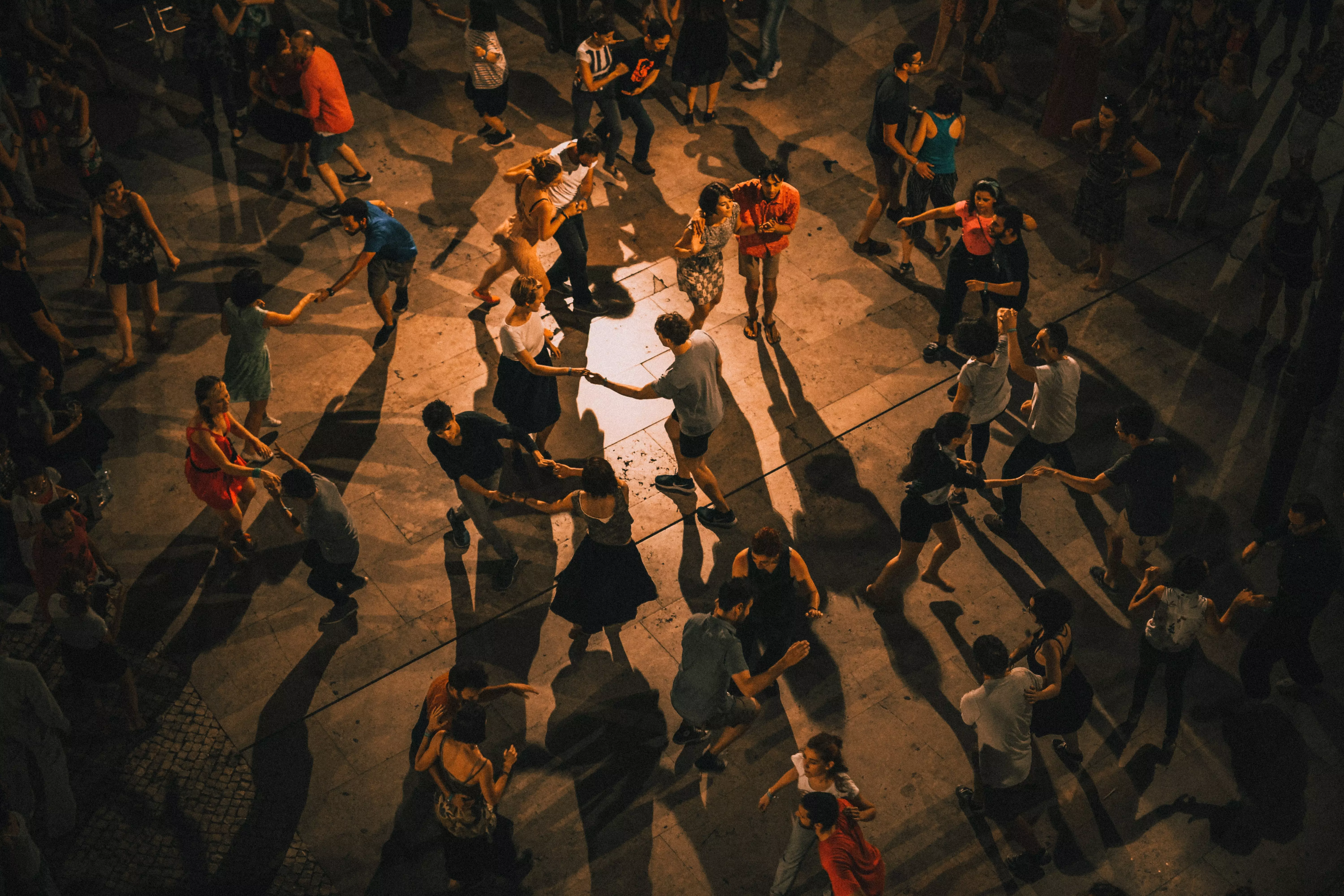Detailed content of our market study
 Inforamtion
Inforamtion
- Number of pages : 35 pages
- Format : Digital and PDF versions
- Last update :
 Summary and extracts
Summary and extracts
1 Market Overview
1.1 Definition and presentation
Dancing is an art and sporting activity that involves performing a series of orderly movements with one's body, usually accompanied by background music. This study focuses on the market for dance classes in Italy .
This activity is registered in Italy under ATECO code 85.52.01, which identifies dance classes.
There are different types of dances and they are grouped into different segments. The following is an almost exhaustive list, depending on the type:
- ballet
- modern dance
- neoclassical dance
- contemporary dance (break-dance and hip-hop, etc.)
- sports dance
- folk or traditional dances
- jazz dance
- latin dance
Dance is generally taught in dance schools, but also independent tutors in homes, institutions such as youth and culture houses, or in sports arenas. This activity has been growing in recent years, and revenues grew 11.4 percent from 2016 to 2018. In Italy, there are 1659 dance schools populated by 1.4 million students. These schools are mainly small and medium-sized, with less than 10 employees per school. However, there are also large, globally recognized schools, such as the Accademia Teatro alla Scala.
As a result of the Covid-19 emergency, dance schools in Italy were forced to close and suspend classes for several months. The measures implemented by the government, in fact, profoundly affected the industry's turnover and especially demand, as school clients were deterred by the potential spread of the virus.
All our studies are available online in PDF format
Take a look at an example of our research on another market!
 Choosing this study means :
Choosing this study means :
Access to more than 35 hours of work
Our studies are the result of over 35 hours of research and analysis. Using our studies allows you to devote more time and added value to your projects.
Benefit from 6 years' experience and over 1,500 industry reports already produced
Our expertise enables us to produce comprehensive studies in all sectors, including niche and emerging markets.
Our know-how and methodology enable us to produce reports that offer unique value for money.
Access to several thousand articles and paid-for data
Businesscoot has access to all the paid economic press as well as exclusive databases to carry out its market research (over 30,000 articles and private sources).
To enhance our research, our analysts also use web indicators (semrush, trends, etc.) to identify market trends and company strategies. (Consult our paying sources)
Guaranteed support after your purchase
A team dedicated to after-sales service, to guarantee you a high level of satisfaction. +44 238 097 0676
A digital format designed for our users
Not only do you have access to a PDF, but also to a digital version designed for our customers. This version gives you access to sources, data in Excel format and graphics. The content of the study can therefore be easily retrieved and adapted for your specific needs.
 Our offers :
Our offers :
the dance school market | Italy
- What are the figures on the size and growth of the market?
- What is driving the growth of the market and its evolution?
- What is the positioning of companies in the value chain?
- Data from several dozen databases
5 reports pack (-15%) IT Italy
- 5 reports at €75.6 excluding VAT per study to choose from our Italian catalogue for 12 months
- Save 15% on additional studies purchased
- Choose to be refunded any unused credit at the end of the 12-month period (duration of the pack)
See the terms and conditions of the pack and the refund of unused credit.















